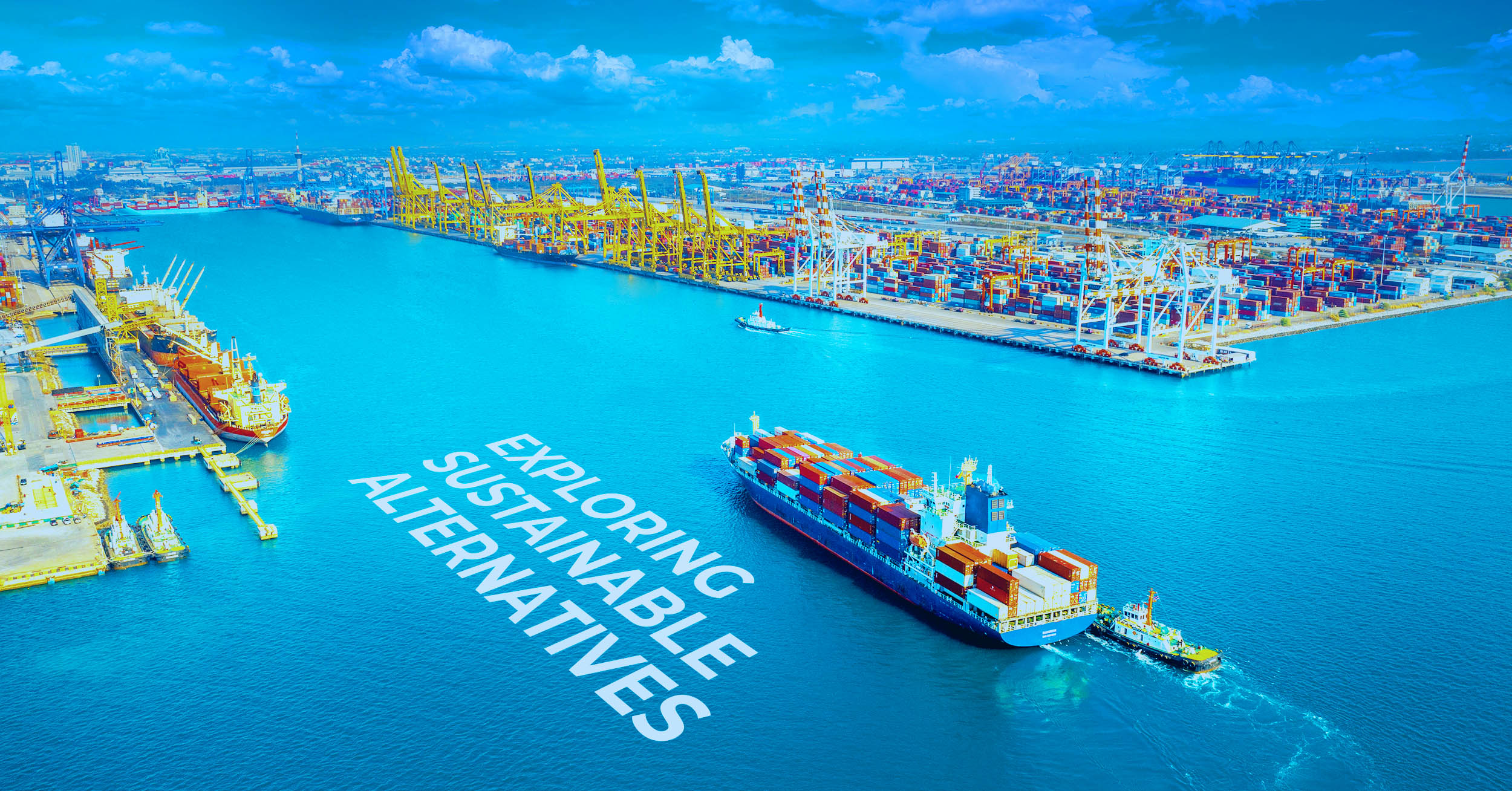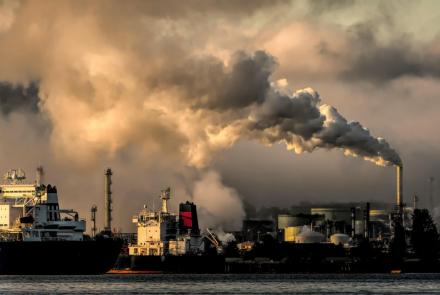THE ENVIRONMENTAL IMPACT OF SHIPPING: EXPLORING SUSTAINABLE ALTERNATIVES
 Shipping containers have become omnipresent in modern transportation and logistics, with millions of them moving goods across the globe every year. While extremely durable and efficient in terms of cargo capacity and ease of handling, they also come with growing concerns about lasting environmental damage.
Shipping containers have become omnipresent in modern transportation and logistics, with millions of them moving goods across the globe every year. While extremely durable and efficient in terms of cargo capacity and ease of handling, they also come with growing concerns about lasting environmental damage.
We explore the carbon footprint of shipping containers, recent developments in eco-friendly shipping container design and construction, and sustainable alternatives to traditional shipping containers.
Carbon Footprint of Shipping Containers
The carbon footprint of shipping containers can be substantial, as the shipping industry is responsible for a large portion of global greenhouse gas emissions. According to the International Maritime Organization (IMO), shipping accounts for approximately 2.2% of global carbon dioxide (CO2) emissions. Shipping containers themselves contribute to this carbon footprint, both through their production and their use.
The production of shipping containers involves the use of energy-intensive materials such as steel, which accounts for approximately 60% of the total weight of a container. Steel production is a major contributor to greenhouse gas emissions, with the World Steel Association estimating that the industry accounts for approximately 7% of global CO2 emissions. Once in use, shipping containers also contribute to carbon emissions through the fuel consumption of the ships that transport them. Most of the ships use heavy fuel oil, which is high in sulfur and other pollutants and is a significant contributor to air pollution and climate change.
New Developments in Eco-Friendly Shipping Container Design and Construction
As the environmental impact of shipping containers becomes increasingly apparent, there have been new developments in eco-friendly shipping container design and construction.
One such development is the use of alternative materials in container construction. For example, some companies are using bamboo, which is a fast-growing, renewable resource, to make container floors. Bamboo is also lightweight and strong, making it an attractive alternative to steel.
Another development is the use of recycled materials in container construction. These containers are lightweight, durable, and recyclable, making them an attractive option for environmentally conscious businesses.
Sustainable Alternatives to Traditional Packaging
Besides eco-friendly shipping container design and construction, there are also sustainable alternatives to traditional packaging.
One such alternative is the use of reusable packaging. Rather than using single-use packaging that are discarded after one use, reusable alternatives can be used multiple times, reducing the overall carbon footprint of the shipping industry. This can include durable plastic containers, as well as alternatives such as bulk bags made from renewable materials.
Another alternative is the use of alternative modes of transportation, such as rail and waterways. These modes of transportation have a lower carbon footprint than shipping, as they use less fuel and emit far fewer pollutants.
The environmental impact of shipping containers is a growing concern, as the shipping industry accounts for a significant portion of global greenhouse gas emissions. However, new developments in eco-friendly shipping container design and construction, as well as sustainable alternatives to traditional shipping containers, offer hope for a more sustainable future. By adopting these solutions, the shipping industry can reduce its carbon footprint and contribute to a cleaner, healthier planet.
The VS&B Containers group offers both custom-made and standard containers, which can be shipped directly from the factory to your preferred destination. They have one-way containers in stock across Europe and Asia and trade more than 15,000 containers annually. Their global depot network and wide-ranging inventory allow customers to purchase containers from anywhere in the world. The VS&B Containers group's IT division, iInterchange Systems, provides advanced software solutions for shipping and logistics companies.
If you're looking for a high-quality shipping container, please send an email to traders@vsnb.com. Professionals at VS&B will assist you in choosing the container that best suits your needs in terms of cost-effectiveness, flexibility, and potential return on investment.
- Log in to post comments






